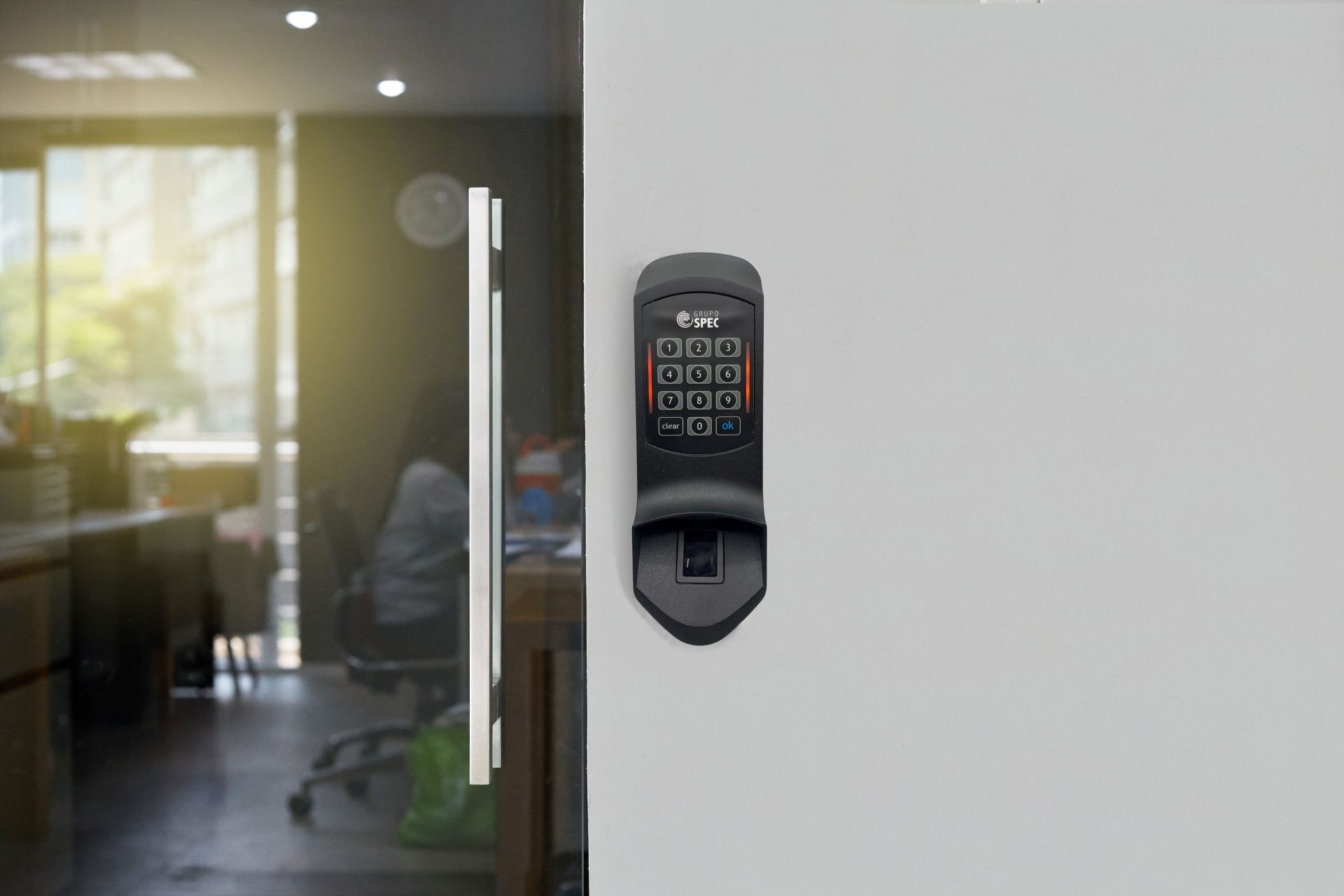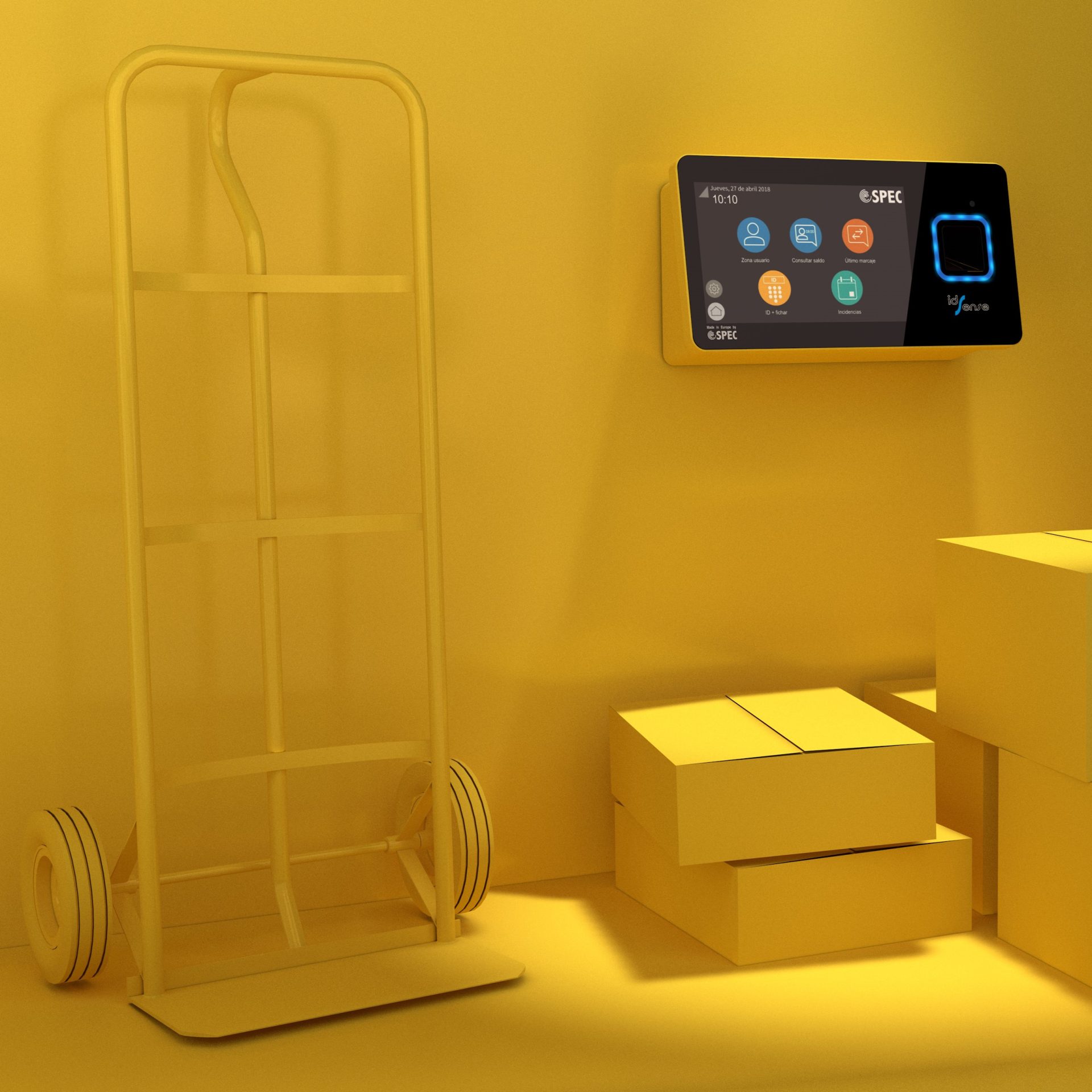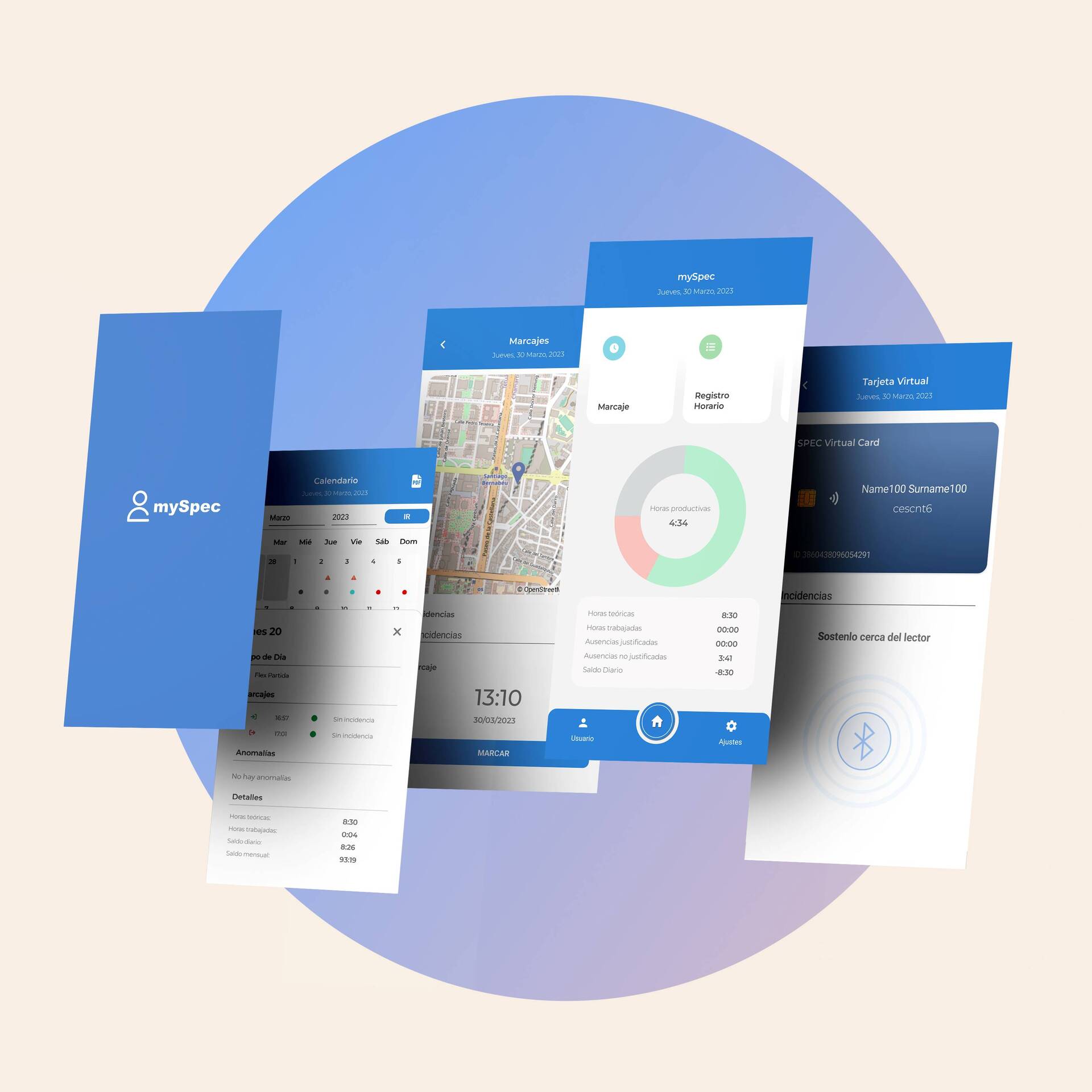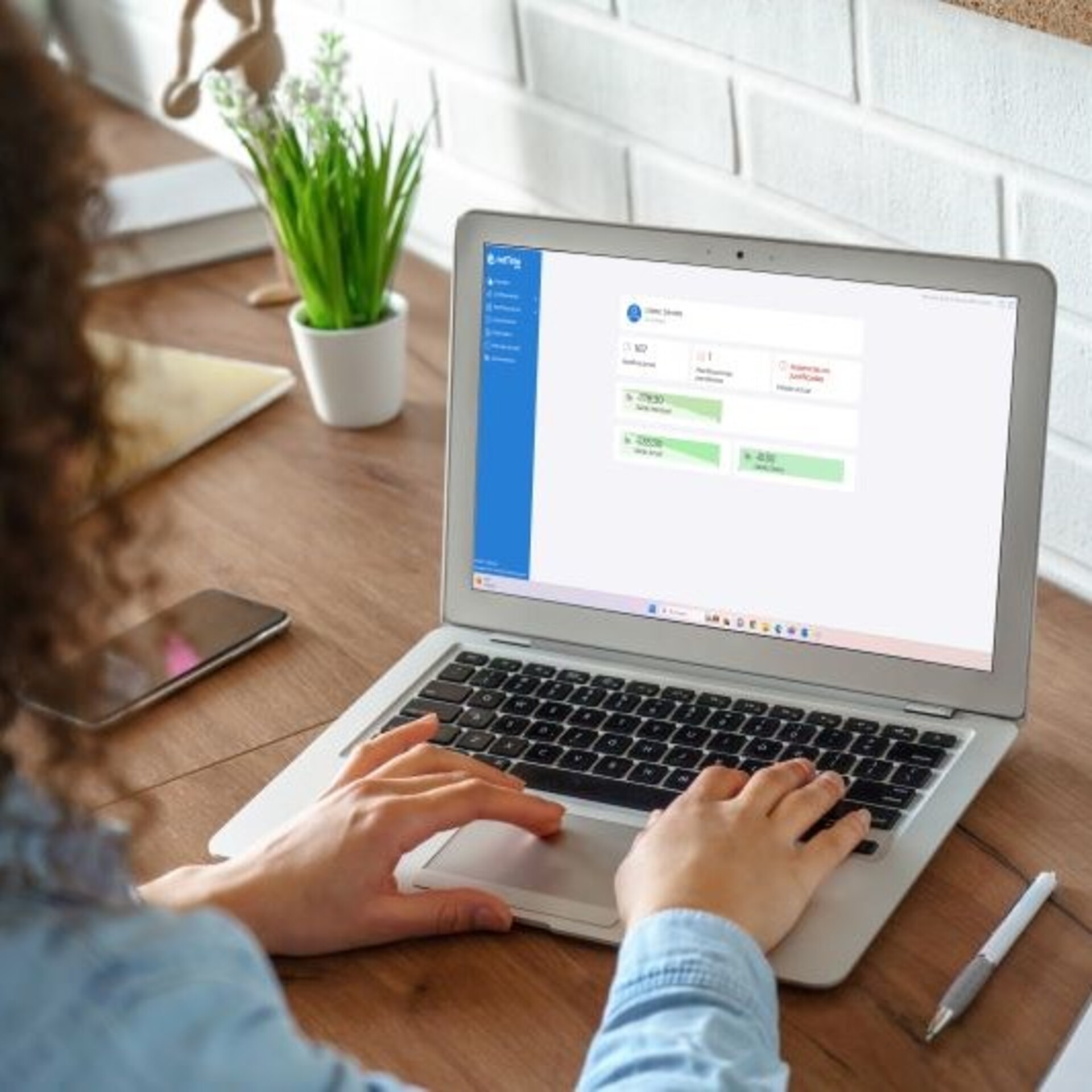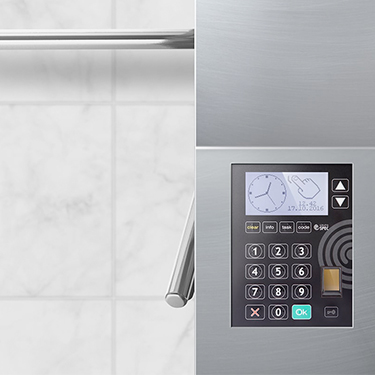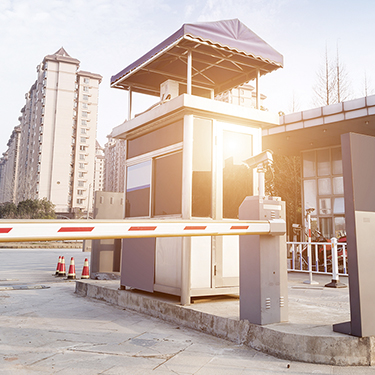ACCESS CONTROL
ACCESS CONTROL?
Access to certain premises is only allowed to authorised staff with some identification (such as a card, for example). This is a security measure that more and more companies choose to install and, at Grupo SPEC, we want to provide this solution to you through our access control systems for people.
This service is intended for:
- Small, medium, and large enterprises.
- All activity sectors.
- Other time or lunchroom modules.
- Visit, parking, or evacuation modules.
GUARANTEE THE SAFETY OF THE WORKERS PRESENT IN YOUR COMPANY
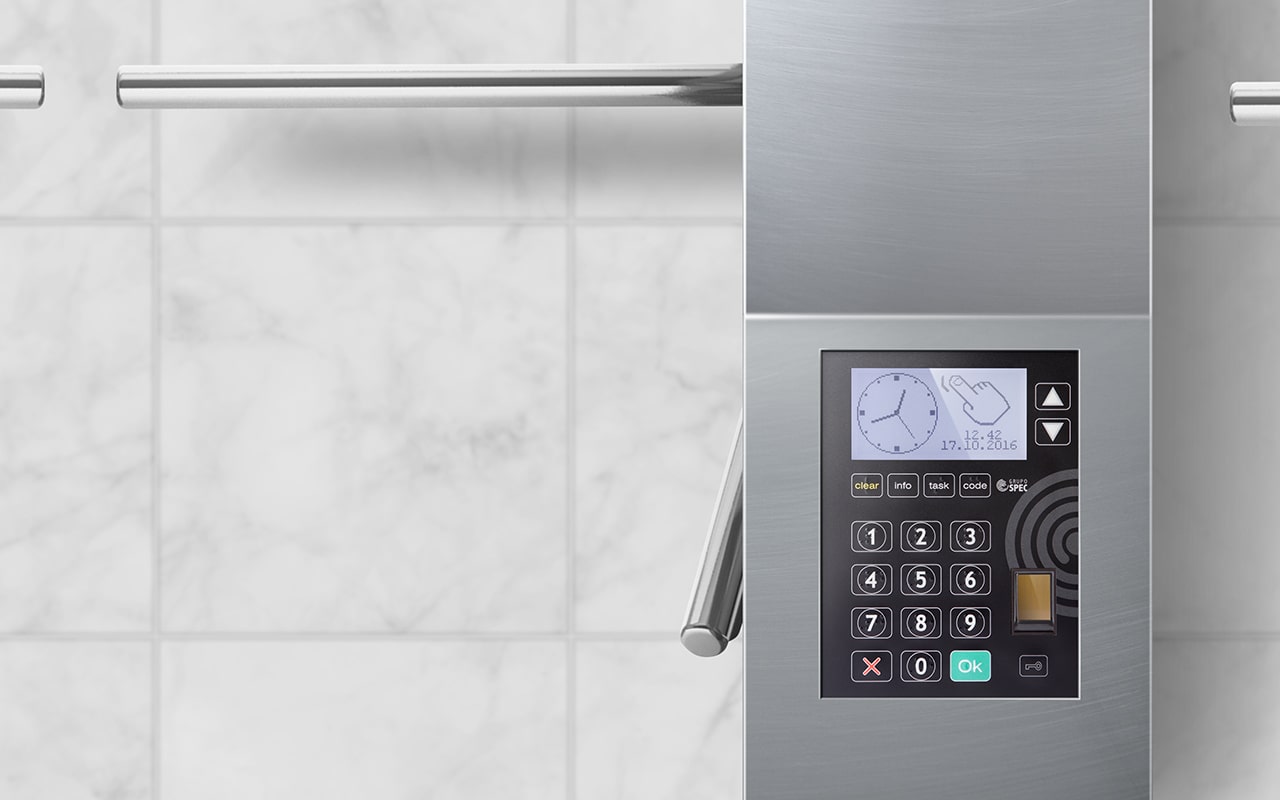
PEOPLE’S ENTRANCE
Thanks to our access control systems you will be able to check that the people or vehicles requesting access to one of your areas have permission to do so. This is possible thanks to the three basic features of authentication, authorisation and tracking.
PEOPLE’S ENTRANCE
Thanks to our access control systems you will be able to check that the people or vehicles requesting access to one of your areas have permission to do so. This is possible thanks to the three basic features of authentication, authorisation and tracking.

We provide you with the following tools
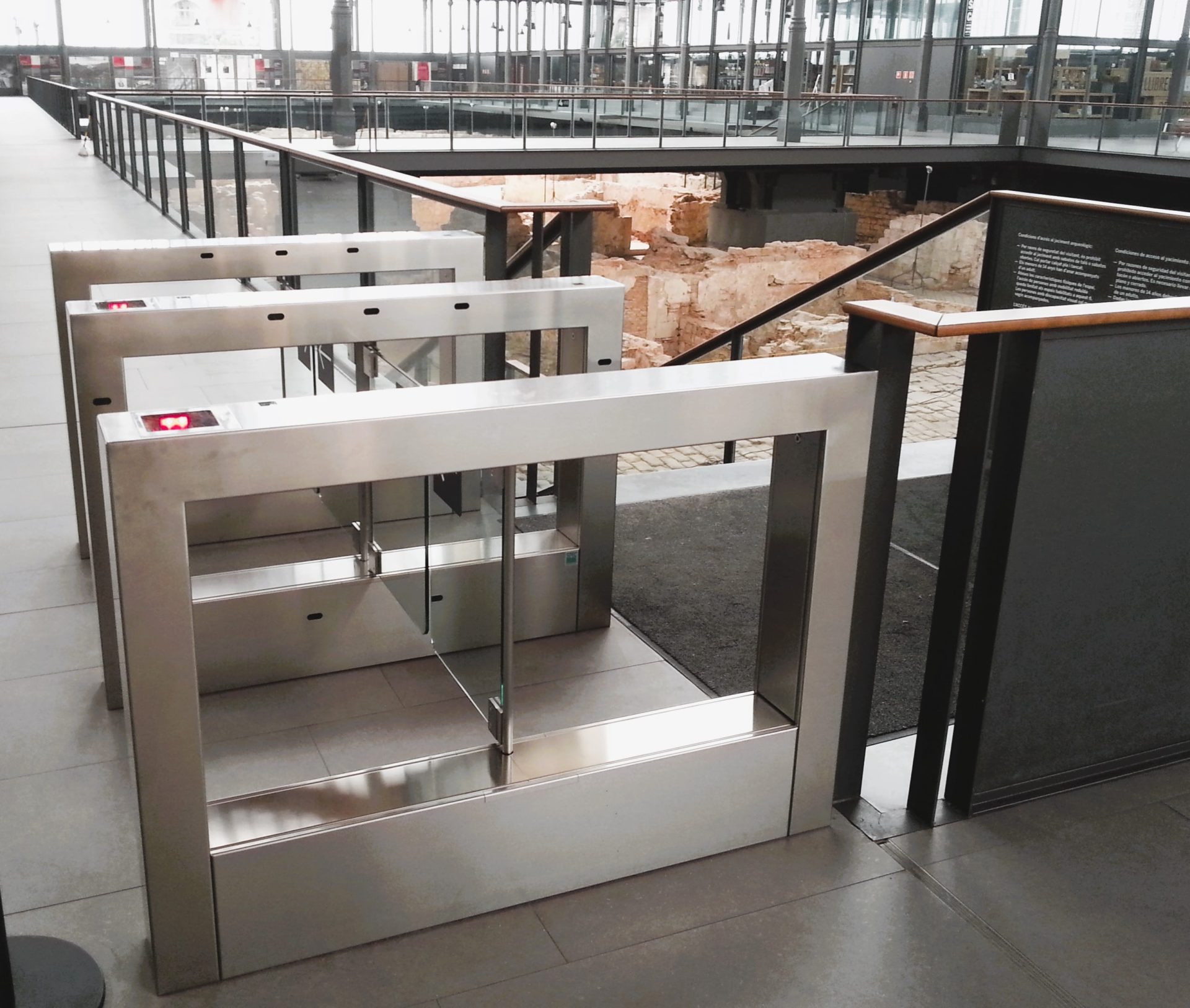
SYSTEM WORK?
The access control systems for people we provide at Grupo SPEC allow identification through biometric readers, passwords and cards that fulfil several management parameters and, therefore, guarantee the safety of the workers present on your company’s premises.
This process is possible thanks to the settings in specific applications that allow the real time location of people and the analysis of accesses taking place in an area.
More information
Access control systems via profiles can determine who, when and where someone can access or exit an area. Also, it manages the opening of gates and closing mechanisms equipped with sensors.
It’s a mechanism that means people have to identify themselves in front of an entry device, whether it is with a proximity card or fingerprint. Or if in a vehicle, via a number plate reader. Once authenticated, the software sends the order to open the access point or not after carrying out the necessary checks.
The most precise gate access control
This record lets you obtain precise lists of the individuals present in specific areas or enclosures, which is extremely beneficial when implementing emergency and evacuation plans.
Regarding tracking, our access control system’s software includes significant features like:
- Capacity control, which determines the maximum number of people in an area and prevents access when the capacity has been reached.
- Antipassback feature, which prevents people from accessing an area when the systems detect they are already inside.
SYSTEM WORK?
The access control systems for people we provide at Grupo SPEC allow identification through biometric readers, passwords and cards that fulfil several management parameters and, therefore, guarantee the safety of the workers present on your company’s premises.
This process is possible thanks to the settings in specific applications that allow the real time location of people and the analysis of accesses taking place in an area.
More information
Access control systems via profiles can determine who, when and where someone can access or exit an area. Also, it manages the opening of gates and closing mechanisms equipped with sensors.
It’s a mechanism that means people have to identify themselves in front of an entry device, whether it is with a proximity card or fingerprint. Or if in a vehicle, via a number plate reader. Once authenticated, the software sends the order to open the access point or not after carrying out the necessary checks.
The most precise gate access control
This record lets you obtain precise lists of the individuals present in specific areas or enclosures, which is extremely beneficial when implementing emergency and evacuation plans.
Regarding tracking, our access control system’s software includes significant features like:
- Capacity control, which determines the maximum number of people in an area and prevents access when the capacity has been reached.
- Antipassback feature, which prevents people from accessing an area when the systems detect they are already inside.

FOR COMPANIES?
At Grupo SPEC, our main objective is to meet the needs, wishes and expectations of all our customers through a professional analysis of their project. This is only possible thanks to our extensive knowledge of the market and the correct planning of the product implementation.
With the access control module your company’s security is guaranteed. With SPEC’s access monitor you can see graphically the situation of entrances, exits and presence in the area over time, with the possibility of scrolling through the timeline and zoom in on the intervals that interest you (for example: who entered yesterday between 08:00 and 09:00 in zone Z). You can see the people view, selecting the information displayed, such as name, surname, photograph, current zone where they are, checking if the passage has been carried out effectively and the door has not been left open.
